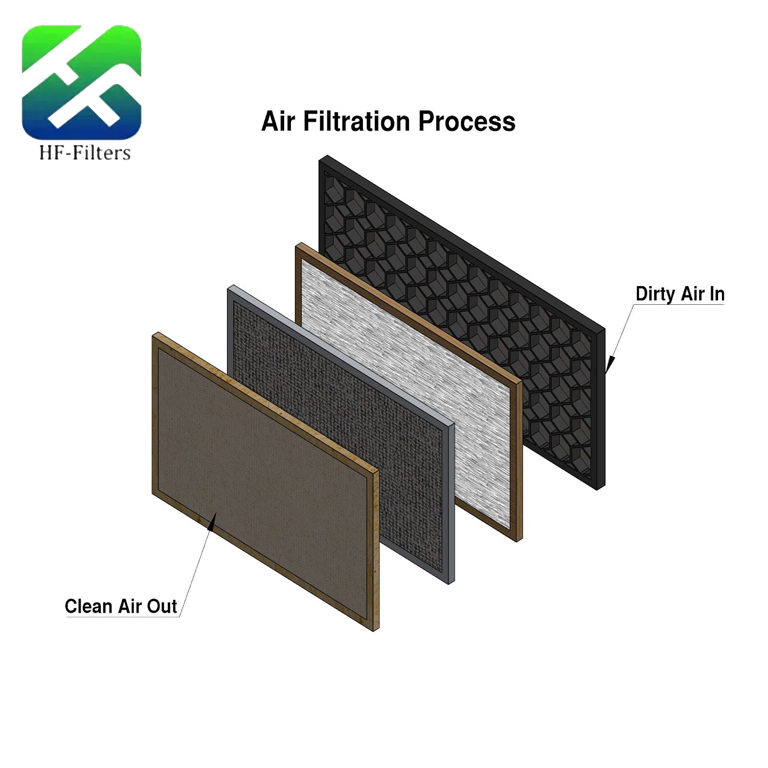Filters are everywhere in our daily lives, and air filters (plus their sidekick, air filter cotton) are total workhorses. But have you ever stopped to think—how do they actually get the air clean? Let’s break it down so it’s easy to get.
The Simple Science of Air Filters
Here’s the basic deal: when air blows through an air filter, the filter grabs all the tiny yucky stuff floating around, and only the clean air comes out the other end. Those tiny fibers inside the filter? They’re the ones doing the heavy lifting—catching dust bunnies, bacteria, even pollen so the air you breathe feels way fresher.
Filters use two main tricks to do this:
Physical Filtration: This is the most common one. The filter has super small holes, like a tiny sieve. When air passes through, those holes stop solid bits—think dust, pollen, or bacteria—from getting through. It’s great at clearing these out, which means your nose and lungs won’t get as irritated.
Chemical Filtration: This uses things like activated carbon (those little porous chunks you might see). Activated carbon has a huge surface area—so it can grab onto gaseous yuck like formaldehyde or carbon dioxide, and even break some of it down. It’s basically the filter’s way of tackling bad smells and invisible gases.
At the end of the day, air filters use one (or both) of these methods to pull out impurities, tiny particles, or harmful stuff from the air. That’s all it takes to turn “meh” air into air that feels good to breathe.

How Air Filters Actually Work Day-to-Day
Most air filters are made with simple stuff: fiber screens, activated carbon, or a mix. When air moves through them, those materials just… catch the grime. Dust, tiny pollen grains, even some bits you can’t see—they all get stuck. Some filters go extra: they kill germs or zap bad smells, so the air isn’t just clean, it smells better too.
Why Air Filter Cotton Matters
Air filter cotton is like the “first line of defense” inside an air filter. Its whole job is to grab particles and bacteria before they get deeper into the filter. The primary filter cotton (the first layer) catches all the bigger bits first—think dust clumps or large pollen. That way, the more sensitive, high-efficiency parts of the filter don’t get dirty as fast, so they last longer.
After reading this, you probably get air filters way better now. Picking the right one isn’t just about cleaner air—it’s about keeping you and your family healthier too. Next time you’re checking your air purifier, you’ll know exactly what’s going on inside. And a little attention to air quality? It goes a long way in making your home feel cozier and healthier.

